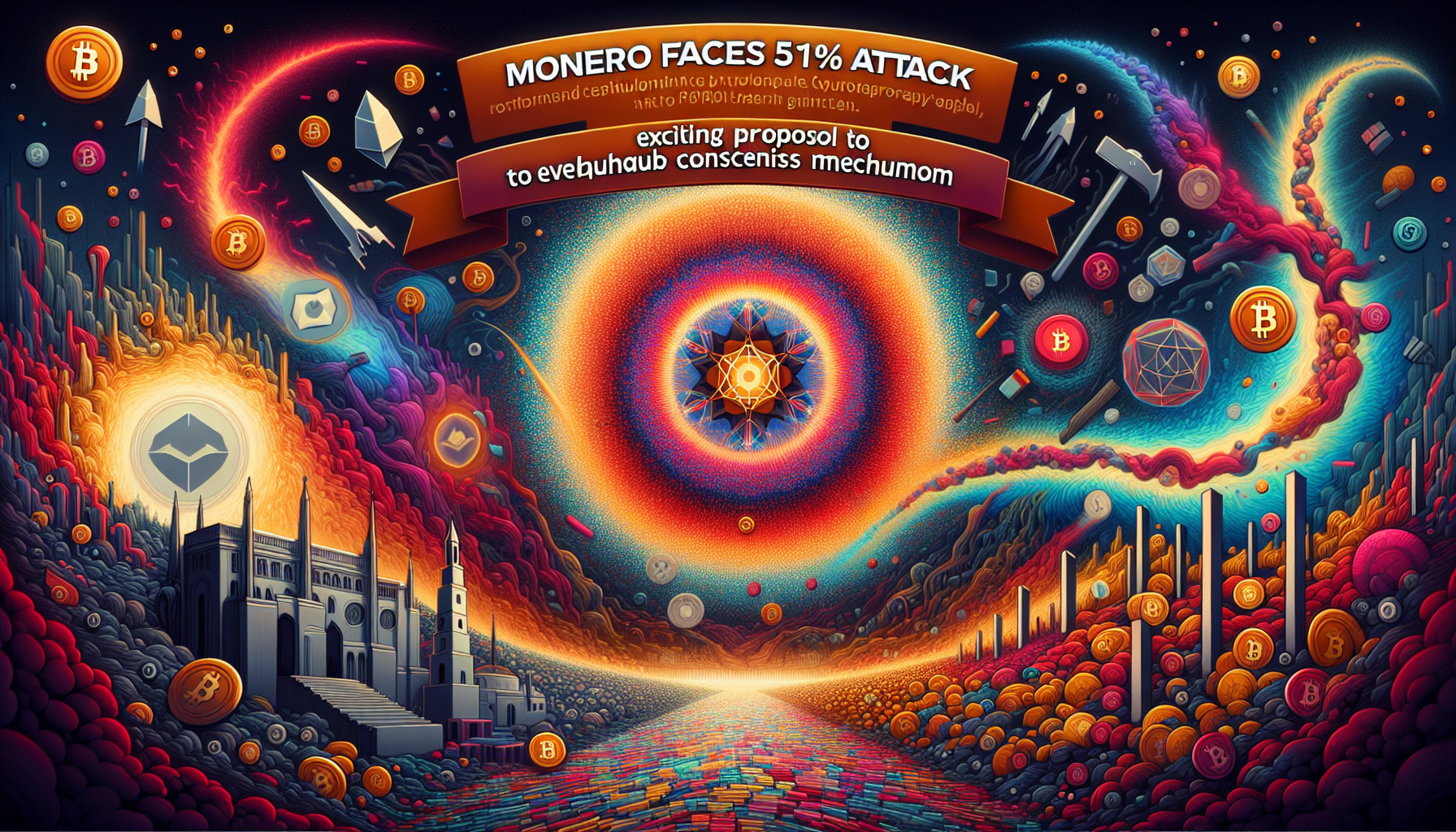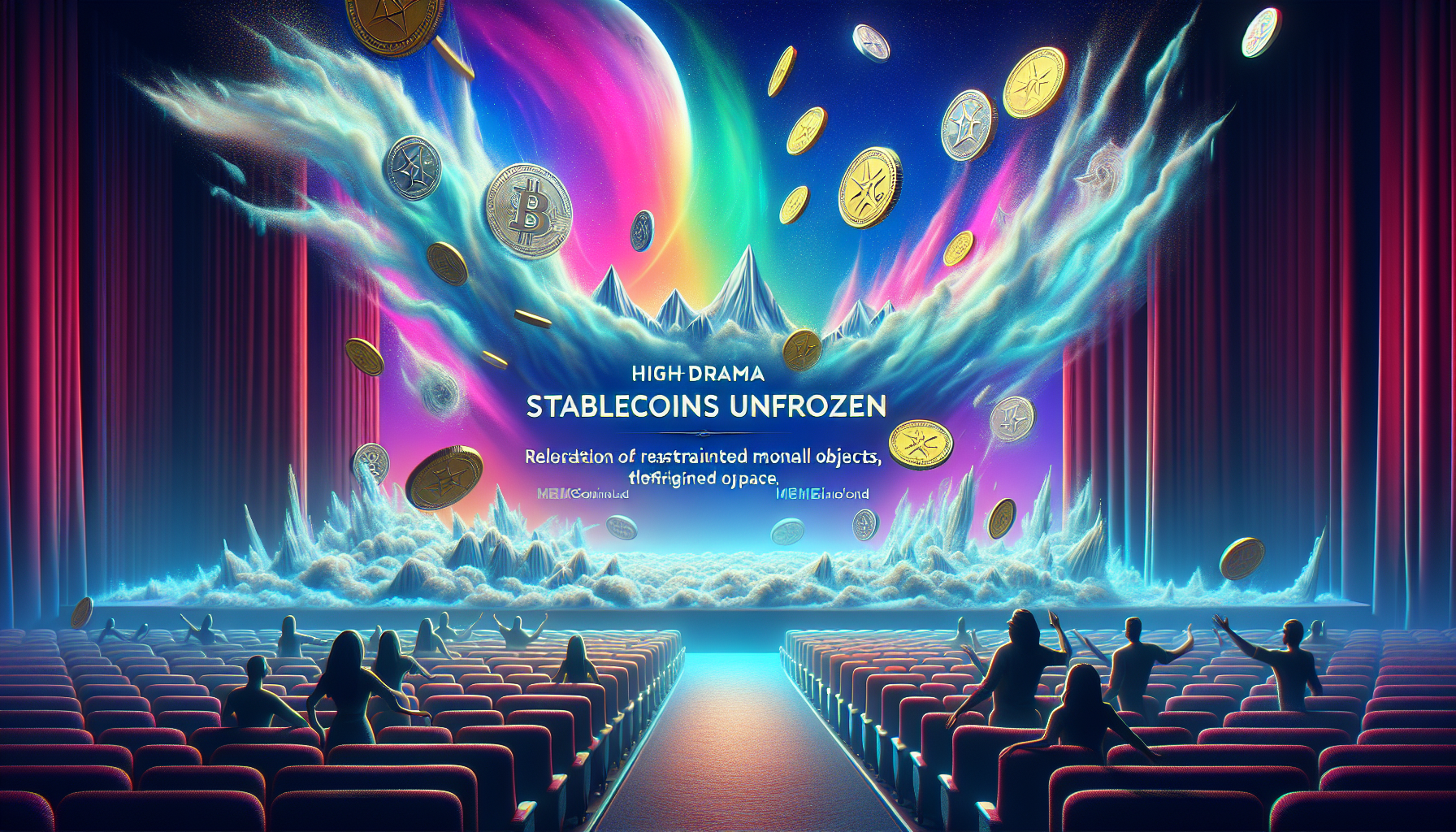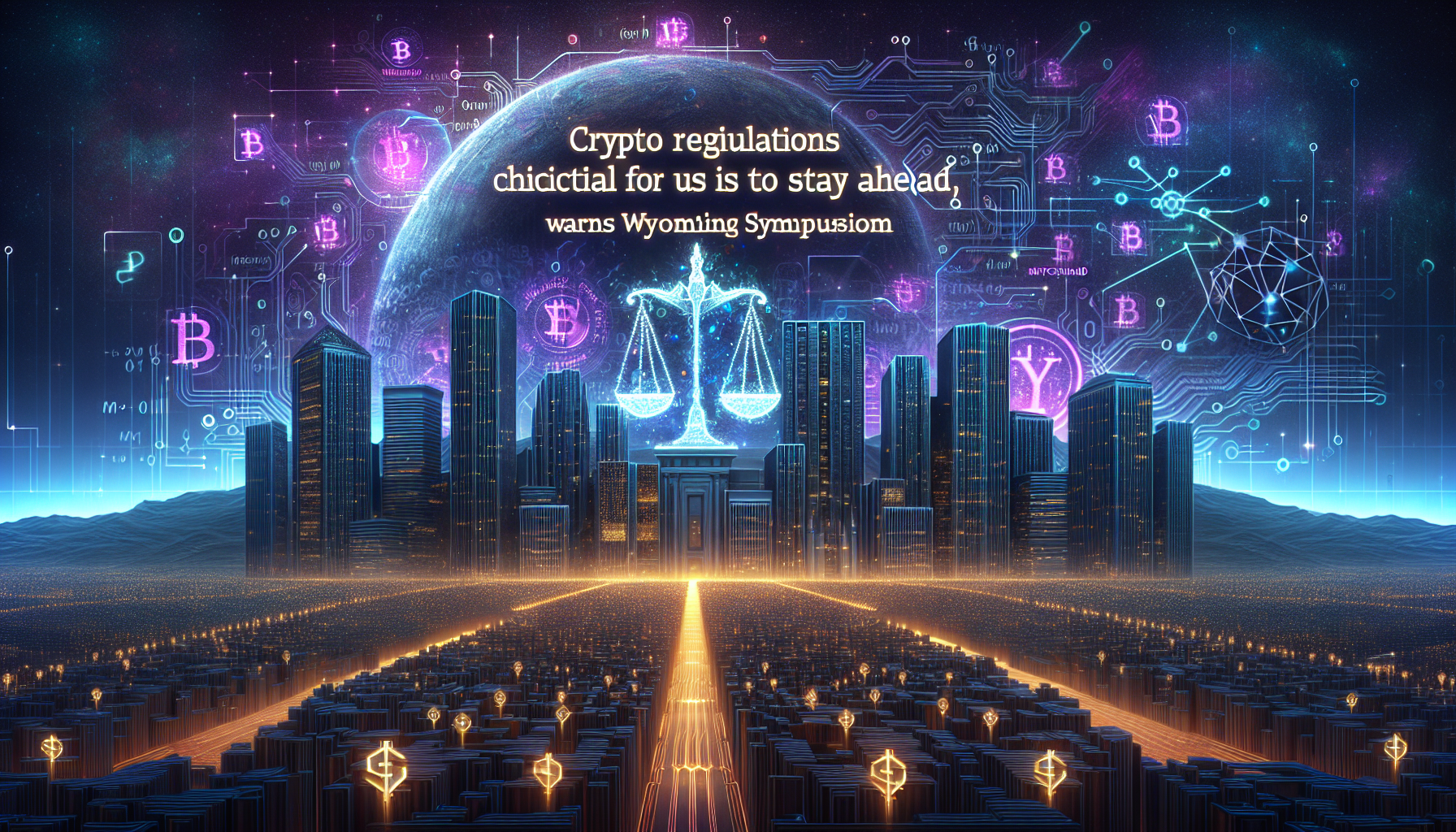 The crypto world is buzzing with excitement as seven Solana ETF hopefuls have taken a bold step forward, filing their S-1 forms. This move has set the stage for a potential game-changer in the crypto investment landscape. The filings are a significant milestone, signaling a growing interest in bringing Solana, a high-performance blockchain platform, into the mainstream financial market.
The crypto world is buzzing with excitement as seven Solana ETF hopefuls have taken a bold step forward, filing their S-1 forms. This move has set the stage for a potential game-changer in the crypto investment landscape. The filings are a significant milestone, signaling a growing interest in bringing Solana, a high-performance blockchain platform, into the mainstream financial market.
James Seyffart, a well-known ETF analyst, has pointed out an intriguing detail: these updated S-1 filings include staking language. This inclusion could be a game-changer, potentially offering investors new ways to earn returns on their Solana holdings. Staking, for those not in the know, is a process where crypto holders can earn rewards by participating in the network’s operations. It’s like earning interest on your savings, but in the crypto world.
But hold your horses! While this news is thrilling, it’s not all smooth sailing from here. The path to approval is paved with challenges. The U.S. Securities and Exchange Commission (SEC) is known for its rigorous scrutiny of crypto-related products. There’s bound to be some back-and-forth between the ETF hopefuls and the SEC before any green lights are given.
The crypto community is watching closely, eager to see how this unfolds. Solana has been making waves with its lightning-fast transaction speeds and low fees, attracting developers and investors alike. An approved Solana ETF could open the floodgates for institutional investment, potentially driving Solana’s value to new heights.
However, the SEC’s cautious approach means that these filings are just the beginning of what could be a lengthy process. The regulatory body has been hesitant in the past to approve crypto ETFs, citing concerns over market manipulation and investor protection.
Despite these hurdles, the optimism in the air is palpable. The inclusion of staking language in the filings suggests that these ETF hopefuls are thinking ahead, considering innovative ways to offer value to investors. This forward-thinking approach could be what sets them apart in the eyes of regulators.
As we wait for more updates, one thing is clear: the potential approval of a Solana ETF could be a watershed moment for the crypto industry. It would not only validate Solana’s growing prominence but also pave the way for other blockchain projects to follow suit.
In conclusion, while there’s still a long road ahead, the filing of these S-1 forms marks an exciting chapter in the ongoing saga of crypto’s integration into traditional finance. Keep your eyes peeled and your fingers crossed—this could be the start of something big!




